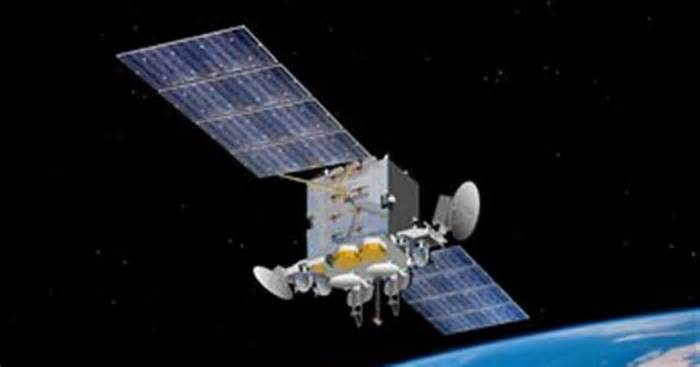Testing its satellite killer systems, Russia has again reminded us that we can’t sit idle in the face of its weapons evolution.
According to the head of U.S. Space Command, Gen. Jay Raymond, “Russia conducted a nondestructive test of a space-based anti-satellite weapon.” The July 15 test involved a satellite releasing an “object in proximity to another Russian satellite, which is similar to on-orbit activity conducted by Russia in 2017 and inconsistent with the system’s stated mission as an inspector satellite.” Raymond added that the system is the same as one that “maneuvered near a U.S. government satellite” earlier this year. It’s “further evidence,” he said, “of Russia’s continuing efforts to develop and test space-based systems and consistent with the Kremlin’s published military doctrine to employ weapons that hold U.S. and allied space assets at risk.”
We shouldn’t be surprised by this Russian activity. Recognizing that his conventional forces are inferior to those of NATO, Putin has invested heavily in weapons that can compete with the United States’s strategic nuclear capabilities and undermine U.S. command-and-control networks. These include Russia’s hypersonic vehicles, which are designed to evade U.S. missile defenses, and its various undersea strike platforms.
Satellite killer weapons offer Putin another advantage. In peacetime, they help Putin deter adversary space-based intelligence activities in fear of Russian retaliation. In wartime, satellite killers offer Putin the chance to disrupt NATO command of its forces and the conduct of global civil society. Putin knows that any successful invasion of the Baltic states or Poland would rest on Russia’s ability to establish consolidated air defense strongholds rapidly. But he also knows that, were NATO were to respond with speed and force to any invasion, he would lose. In turn, if Putin were able to match his strongholds to the degradation of undersea fiber-optic cables linking the U.S. and Europe and to the destruction of satellites relied on for international commerce, communication, and navigation, he might be able to fray the NATO alliance into accepting a peace that’s favorable to Russia. Remember: Putin sees Western civil society as the soft underbelly of NATO. If he can impose pain and fear on our citizenry, he believes Western democratic leaders will choose to appease him. Even, that is, once war has started.
But how should the U.S. counter this particular satellite challenge?
Well, satellite defense systems will be a waste of money in the same way that missile defense systems offer no credible protection against Chinese or Russian nuclear saturation strikes. The better course is to do what the Trump administration has done with the U.S. nuclear weapons profile — namely, improving the range of capabilities under that header and ensuring the long-term credibility of America’s nuclear deterrent. Investing in its own space-based weapons systems, the U.S. can play Putin at his own game, educating him to a cost-benefit calculation firmly in NATO’s favor.
Nevertheless, this is a wake-up call that Putin is not the West’s friend and does not soon intend to be. Just as the former KGB lieutenant colonel had much interest in Barack Obama’s appeasement, he has no sincere interest in President Trump’s delusional offers of friendship. Here and everywhere, the Russian leader must meet strength.

